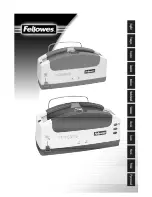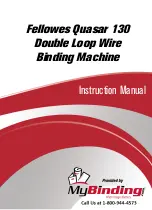
Embroidery
Select zigzag stitch pattern and adjust the
stitch width as desired. Stitch along the
outline of the design by moving the
embroidery hoop. Make sure to maintain a
constant speed.
Fill in the design working from the outline
towards the inside. Keep the stitches close
together.
You will get longer stitches by moving the
hoop faster and shorter stitches by moving
the hoop more slowly.
Secure with a reinforcement stitches at the
end by press Auto-Lock button.
FREE MOTION DARNING, EMBROIDERY AND MONOGRAMMING
Monogramming
Select the zigzag stitch pattern and adjust the
stitch width as desired. Sew at a constant
speed, moving the hoop slowly along the
lettering.
When the letter is finished. Secure with a
reinforcement stitches at the end by press
Auto-Lock button.
*Embroider hoop is not included with the machine.
43








































